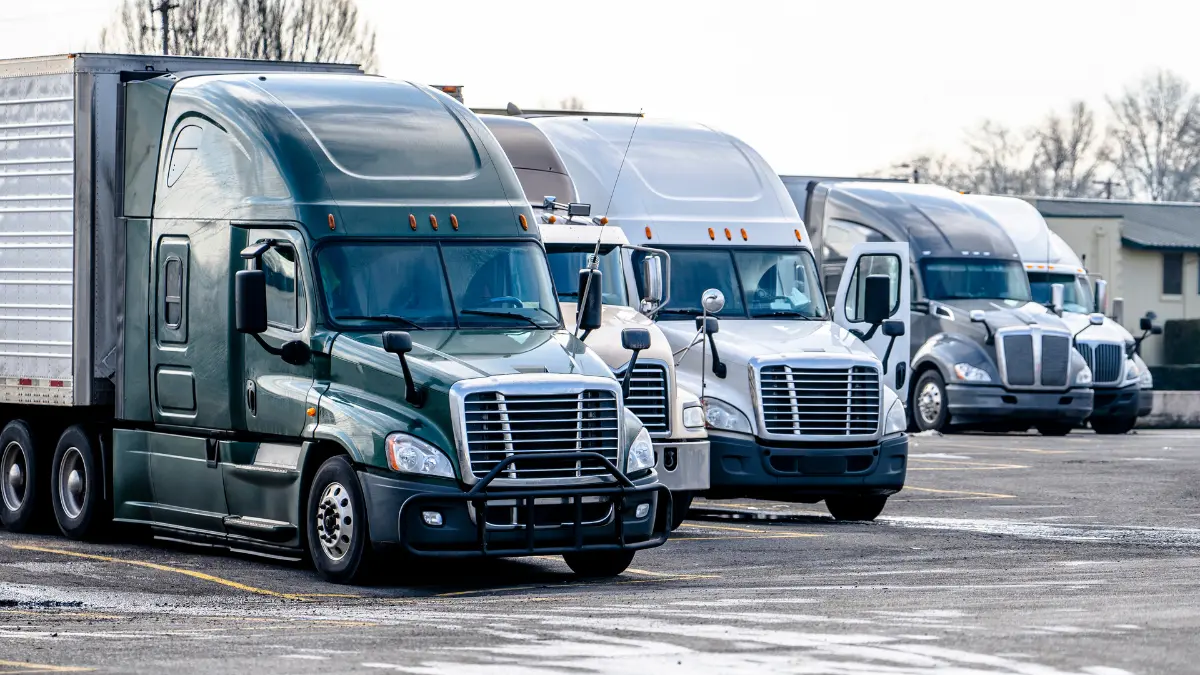Linehaul transportation plays a crucial role in the logistics and supply chain industry, serving as the backbone for moving goods over long distances between distribution centers and retail locations. It encompasses the transportation of freight over the main segment of a delivery route, allowing businesses to efficiently transfer products across vast regions, whether by road, rail, or air. With the rise of e-commerce and consumer demand for swift delivery options, linehaul transportation has evolved to meet the challenges of modern commerce, significantly impacting how goods are distributed globally.
This article delves into the intricacies of linehaul transportation, exploring its operational frameworks, types of vehicles employed, and the technological advancements shaping the industry. We will examine the importance of optimizing linehaul processes to enhance efficiency, reduce costs, and minimize environmental impact. As we navigate through the complexities of linehaul transportation, we will also highlight key trends and best practices that businesses can adopt to stay competitive in a rapidly changing marketplace.
Operational Frameworks of Linehaul Transportation
The operational frameworks of linehaul transportation are built on a foundation of coordination between logistics providers, transportation modes, and regulatory bodies. Efficient planning and execution are essential for optimizing routes and schedules, thereby ensuring timely deliveries. With advancements in technology such as GPS tracking and real-time data analytics, logistics companies can monitor their fleets and adjust operations dynamically to meet changing demands. For example, a well-managed linehaul operation can leverage multimodal transportation strategies, combining road, rail, and sea transport to enhance flexibility and minimize costs, while also considering environmental factors to promote sustainability. Additionally, establishing regional hubs, like the Melbourne Linehaul Office, allows for more efficient handling and distribution of goods across extensive delivery networks.

Key Trends in Linehaul Transportation
As the logistics landscape evolves, several key trends are shaping the future of linehaul transportation. The integration of artificial intelligence and machine learning is transforming data analysis, thus enabling companies to predict demand fluctuations and optimize load capacities. Moreover, there is a growing emphasis on sustainability; businesses are actively seeking ways to reduce carbon footprints by investing in greener transportation options and adopting eco-friendly practices. Another trend is the increasing use of automation in logistics operations, with autonomous vehicles and drones beginning to play a role in long-distance freight transport, enhancing both efficiency and safety. By staying ahead of these trends and embracing innovative practices, companies can remain competitive and position themselves for success in a rapidly evolving marketplace.
In conclusion, linehaul transportation is not just a critical component of logistics but a dynamic sector that adapts to the shifting demands of the global economy. As businesses strive to enhance their supply chain efficiencies amidst growing consumer expectations and environmental considerations, the incorporation of advanced technologies and sustainable practices is becoming increasingly vital. Whether through leveraging data analytics to streamline operations or embracing automation for greater precision, the future of linehaul transportation will be defined by its ability to evolve and innovate. By proactively addressing trends and best practices, organizations can not only improve their operational performance but also contribute to a more resilient and sustainable transportation ecosystem, ultimately ensuring that they remain competitive in an ever-changing marketplace.
